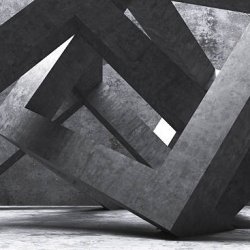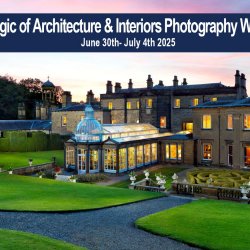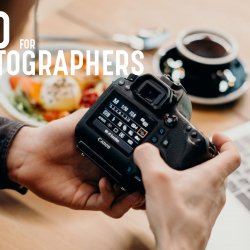Interior Design Photography Tips; Getting It Right With Your Camera Settings
Usually, the number one piece of advice in many areas of life, including photography, is that you should trust your intuition. Luckily, every one of us has intuition, and we can benefit a lot from using that effective tool in anything we do. But when it comes to interior photography, you will need to get your interior photography camera settings right.
This is where you need more than intuition. You need the right information to prevent you from making too many trials and errors which can be frustrating. The key to creating amazing hotel interior photographs is tapping into the accurate knowledge of handling and setting your camera.
Whether you are a photographer or you own a hotel. And looking to capture the interiors of the hotel and showcase it on your Instagram page, magazines, or websites. Getting a crisp image is very important.
There are different factors that can affect this – from the choice of lens to the way you handle the camera when you take your shots.
In this post, we have put together are some interior photography camera settings tips. They will help you get the best images when shooting the interior of your hotel.
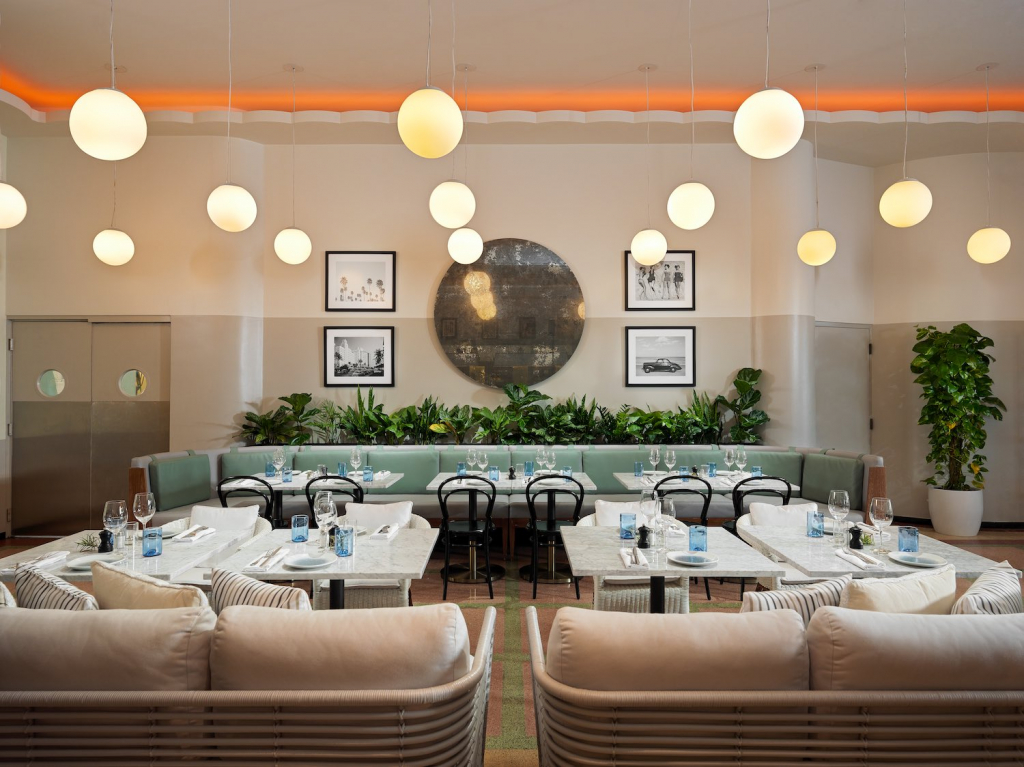
©Antonio Cuellar Photography – Como Hotels
Interior photography camera settings tips
#1: Choose a Wide Angle Camera
The first thing you will need to make sure you have when considering shooting interior photographs is a good lens. There are different types of lenses available, and each of them has its own unique features.
However, there are two key features you need to look out for, Because they are the ones that will help you decide if a camera is suited for hotel interior photography. That is the focal length and the aperture.
All these technical information is often written on these lenses to help identify their features.
In order to cover a large part of the room and get a good image, you will need a wide-angle camera which is a camera with a 24mm focal length. 24mm is the most popular lens used to photograph interiors. Assuming you are using a camera with a full-frame sensor.
For any other type of photography anything under 50mm is considered wide-angle andy anything over is considered telephoto. In terms of interior design photography. I would consider anything bellow 24mm ultra-wide-angle and anything over 35mm telephoto and only used for details. If you can, stick to prime lenses, these are lenses with a fixed focal length (no zoom), they tend to have less barrel distortion. And if you are pursuing a career in interior design photography, I would further add to use a shift lens such as the 24mm ts.
#2: Faster Lenses Are Usually Better
Another number on the cameral you need to take note of aside from the focal length is the aperture. This number is used to determine the amount of light that gets into the camera. It is often written like this, f/1.2, f/1.8, f/4…. Or 1:1.2, 1:1.8, 1:4 e.t.c. The lower the number, the wider the aperture.
The number written on the lens is the widest aperture the lens could support, and lenses with the lowest aperture on them are considered “Fast Lenses”.
Fast lenses tend to be good for any other type of photography. This doesn’t mean this lenses are bad for interior design photography, but the wide aperture is often wasted since most shots are done between f9 and f16 to ensure overall sharpness. Yes, this will force us to use longer shutter speeds buts since most of the interior design photography is done with a tripod this becomes irrelevant.
Wider aperture lenses could be handy for detail shots. Shooting at wider aperture produces beautiful bokeh keeping the attention on the subject.
#3: Leave Enough Space Around Your Scene
However, some wide-angle lenses do have the disadvantage of distorting images, making lines that are supposed to be straight inverted. In that case, ensure you leave plenty of room around what you want to capture and then crop it out during processing.
Also, you may need to fight what is called chromatic aberration which is a problem common to most cameras. This often results in color fringes around high-contrast edges, and are usually difficult to correct with software. So it is better to avoid them.
In that case, when taking your photos, check to see if the aberration is at the edges of the photo. If yes, then take a wider short than you need and then crop it out later during processing.
#4: Manually Focus Your Lens
Now that you have the best lens to use for your interior photography, the next is getting to know the best focus to use. While some cameras do come with automatic focus, you cannot always trust that, especially in low lights. So if you want the very best results, it is better you focus yourself.
If your camera has a screen, activate it because it is better to use this than the viewfinder when you are focusing manually. So set your lens to manual focus mode and be ready to start.
Therefore, for the best photo, pick something with sharp, high-contrast edges where the focus will be really obvious. So zoom in to the maximum focal length you want to use. Now manually adjust the focal range while watching the screen. Once you get a crisp image, you can now zoom back out.
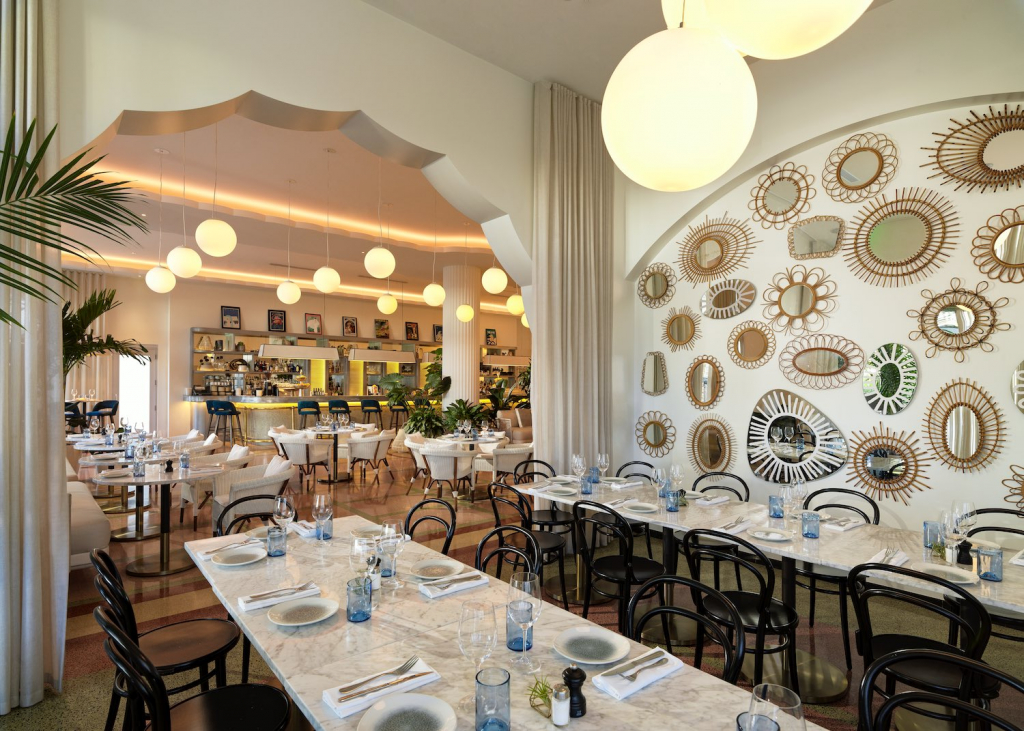
https://antoniocuellarphotography.com
#5: Use A Remote Shutter Release
Once you focus your lens, there is still one thing that can spoil the show even when it is not part of the interior photography camera settings you have been daring. And that is camera shake.
If the camera moves or shakes while taking your photo, it may result in a blurred photo. This is even more common with low exposure where you are taking photos of interiors that are fairly dark. One way camera shake often happens is when you make the camera move while pressing the shutter button. It can also happen when you are using a tripod and some parts of the tripod is a bit lose.
One way to prevent this is not to touch the camera at all. Some cameras do have a socket where you can plug a cable and hence control the camera remotely. You can then buy a shutter release cable that allows you to press your shutter button remotely without touching the camera at all.
However, there are different shutter release cable in the market, and with different features. So when going to get one for your camera, ensure you buy the one that works with your camera.
One feature That I would like to highlight is the fact that in 2020 most computers, while shooting teathered, allow us to control the interior photography camera settings from the computer. I believe this should be standard practice is you are a professional interior photographer,
Bottom Line
In order to get the best interior photos of your hotel, you will need to pay more attention to interior photography camera settings. And in this post are the important ones. Any time you are ready to take some nice interior photos, remember to check this post again for help.
You can also check out this post, Luxury hotel photography and branding to learn one or two things about hotel photography and how it can help grow your brand.







